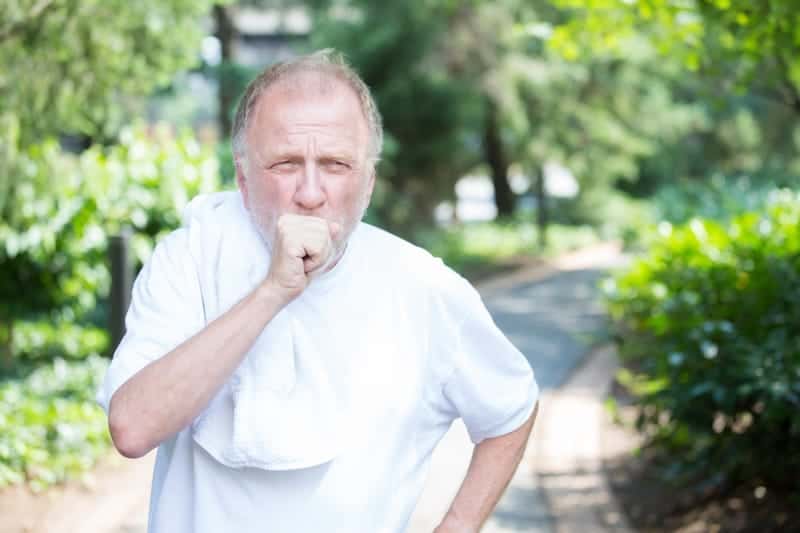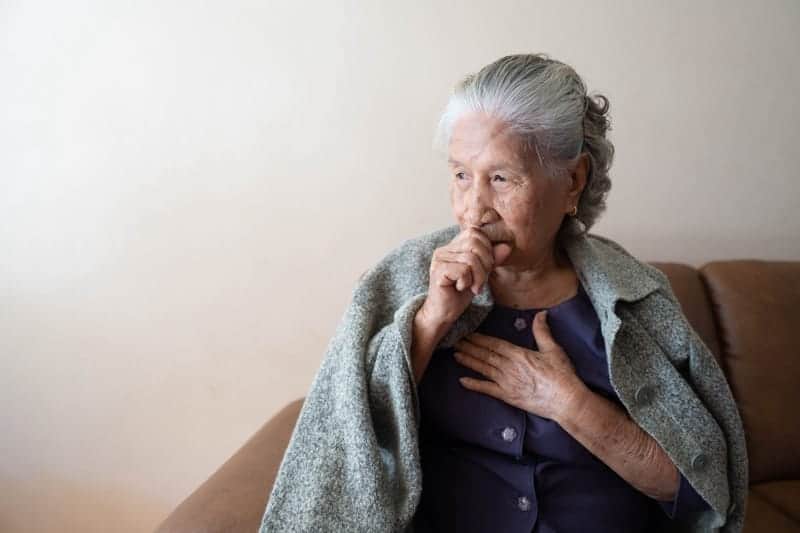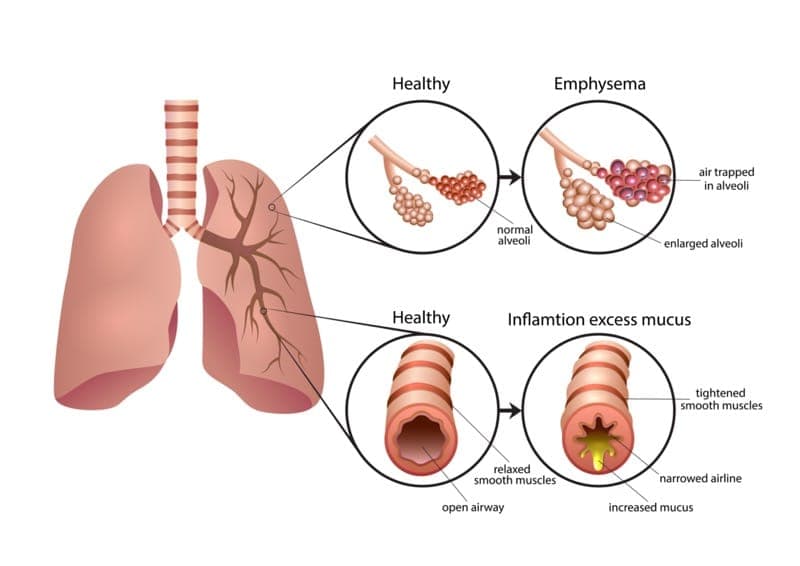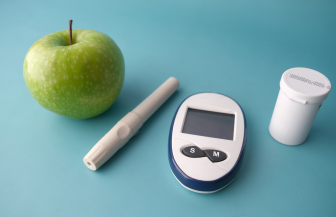
Every breath you take should be effortless, a simple act people often take for granted. However, for millions worldwide, every breath is a struggle due to a relentless adversary known as COPD, or Chronic Obstructive Pulmonary Disease.
Researchers from the Global Burden of Disease Study in 2016 found that 251 million people were living with COPD, though many cases went undiagnosed.
COPD is a prevalent and life-altering lung condition that affects millions of people worldwide. If you or a loved one is living with COPD or suspect you might have it, it’s important to understand the basics of this disease.
In this article, we will explore what COPD is, its causes, symptoms, diagnosis, and available treatments.
What is COPD?
First, take a look at this video on diagnosing COPD by Dr. Cruz Faña-Souchet, M.D., founder and medical director of AMA Medical Group.
COPD, or Chronic Obstructive Pulmonary Disease, is an umbrella term used to describe a group of progressive lung disorders that hinder airflow in and out of the lungs.
The two most common conditions under the COPD umbrella are chronic bronchitis and emphysema. COPD is characterized by persistent inflammation and damage to the airways and air sacs (alveoli) in the lungs.
Causes of COPD
The leading cause of COPD is cigarette smoking, responsible for approximately 85-90% of all COPD cases. However, non-smokers can develop COPD too, often due to prolonged exposure to environmental irritants like air pollution, secondhand smoke, or workplace dust and chemicals. Genetic factors can also play a role in some cases of COPD.

Symptoms of COPD
COPD symptoms may develop gradually, making them easy to dismiss at first. However, it’s vital to recognize these signs and seek medical attention. Common symptoms include:
- Chronic Cough: A persistent cough that may produce mucus.
- Shortness of Breath: Initially during physical activity, but it can worsen over time.
- Wheezing: A whistling sound when breathing.
- Chest Tightness: A feeling of constriction or discomfort in the chest.
COPD Diagnosis
If you suspect COPD, or if you’re experiencing any of the symptoms mentioned, it’s crucial to consult a healthcare professional. To diagnose COPD, your doctor will typically perform:
- Medical History: Discussing your symptoms and any relevant exposure to risk factors.
- Physical Examination: Listening to your lungs and evaluating your overall health.
- Lung Function Tests: Spirometry, a common lung function test, measures how well your lungs work.
Imaging Tests: Chest X-rays or CT scans may help identify lung damage.

COPD Treatment Options
While COPD is a chronic condition with no cure, various treatments can help manage the disease and improve your quality of life. Common treatment options include:
- Smoking Cessation: If you smoke, quitting is the most effective way to slow the progression of COPD.
- Medications: Bronchodilators and inhaled steroids can alleviate symptoms.
- Pulmonary Rehabilitation: Programs tailored to improve lung function and overall fitness.
- Oxygen Therapy: Supplemental oxygen can help with severe COPD.
- Surgery: In extreme cases, lung volume reduction surgery or lung transplantation may be considered.

Questions About COPD
If you or a loved one is living with COPD, seeking professional medical guidance and support is important for maintaining a fulfilling and active life. Remember, with the right care and lifestyle changes, individuals with COPD can lead fulfilling lives despite their condition. Request an appointment today and start the path to breathing easier.




